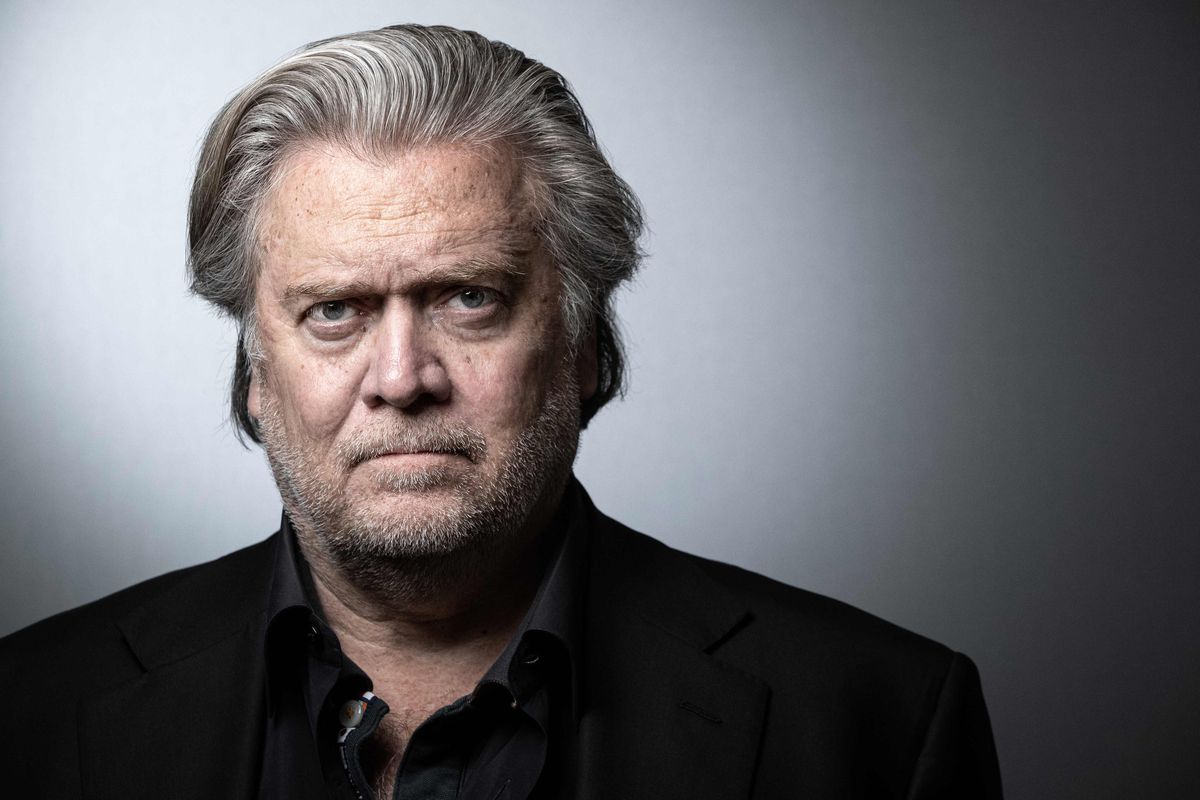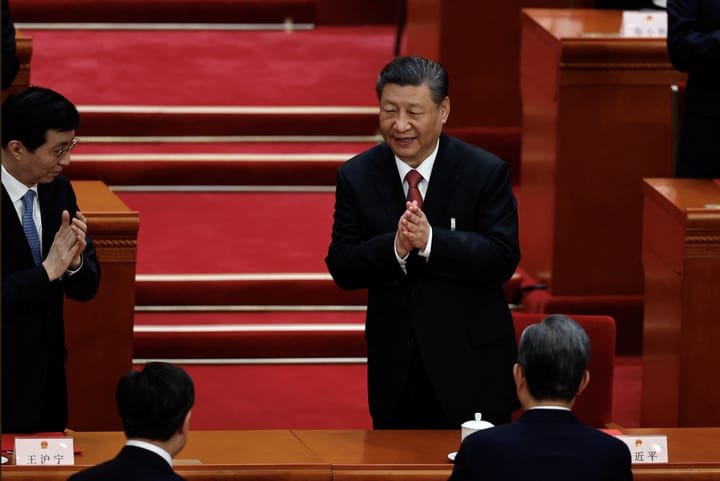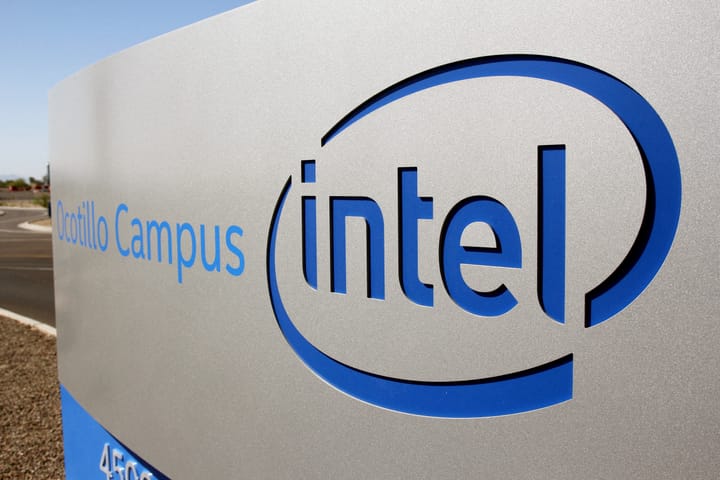Who is Steve Bannon?

A few minutes every morning is all you need.
Stay up to date on the world's Headlines and Human Stories. It's fun, it's factual, it's fluff-free.
In 2016, Stephen K. Bannon, a strategist and one of the founding members of the far-right political website Breitbart, was thrust into the national spotlight as an influential member of Donald Trump’s presidential campaign.
That August, Bannon officially became the chief executive of Trump’s campaign. After Trump won the election, Bannon was given the position of chief strategist at the White House before later departing the administration over ideological differences in 2017.
More recently, however, Bannon has found himself in legal trouble stemming from alleged financial fraud regarding a nonprofit organization called We Build The Wall, a group dedicated to raising funds from private citizens to fund a wall on the United States’ border with Mexico.
Prosecutors allege that Bannon used funds raised by donors to cover personal expenses.
Although President Donald Trump recently said he “didn’t like that project” and that he thought it was created “for showboating reasons,” construction of a border wall between the US and Mexico was one of Trump’s signature campaign promises in the 2016 election. On the organization’s official website, there are several pictures of events that were attended by Trump’s son, Donald Trump Jr.
Bannon was arrested in connection with the charges, but has since been released on bail. He is the sixth former senior Trump aide to be arrested for a crime, a list that also includes Paul Manafort, Roger Stone, Michael Cohen, Rick Gates and Michael Flynn.
Early life and military service
Bannon was raised in a middle class family in Norfolk, Virginia. His family reportedly supported pro-union Democrats when he was growing up.
After graduating from a private military high school, Bannon attended college at Virginia Tech, where he was the president of the student government association. He later earned a master’s degree from Georgetown University and an MBA from Harvard Business School.
In the late 1970s Bannon entered the Navy where he served as an officer for seven years. In 1980, he was deployed to the Persian Gulf as part of naval assistance missions during the Iran Hostage Crisis. Bannon noted that the experience was formative in shifting his ideology toward the right, an ideology that hardened after the 9/11 attacks.
Business and media career
After his time in the military, Bannon worked as an investment banker at Goldman Sachs for a significant portion of the 1980s. In the 1990s Bannon founded his own investment company, Bannon & Co., which funded media and entertainment ventures.
In the early to mid-2000s Bannon became more heavily involved in media projects himself. In 2004, Bannon produced a documentary about President Ronald Reagan titled “In the Face of Evil.”
In 2007, he wrote an outline for a film called “Destroying the Great Satan: The Rise of Islamic Fascism in America,” a proposed film that aimed to uncover “the culture of intolerance” surrounding Islamic law” and their “enablers among us” in America.
He also became a leading figure in an up-and-coming media venture called Breitbart News, an outlet focused on far-right political commentary. After the founder of the site, Andrew Breitbart, died in 2013, Bannon assumed leadership of the site.
According to reports, under Bannon’s leadership Breitbart became affiliated with alt-right fringe groups, populist right-wing ideas and white identitarians.
Foray into politics
On August 17, 2016, Bannon was tapped to run the Trump campaign. He then left Breitbart to further assist Trump hone his right-wing brand of nativist populism.
After Trump won the White House, Bannon was given an influential role in the administration as a chief strategist and senior counselor to the president. As president-elect, Trump defended his appointment of Bannon in government, arguing that if he thought Bannon “was a racist, or alt-right, or any [other related] things … I wouldn’t even think about hiring him.”
His tenure in government was reportedly tumultuous. After less than eight months into the job, Bannon was pushed out of the White House. The move came less than a week after far-right demonstrations in Charlottesville, North Carolina devolved into displays of bigotry and violence.
Following the rally, which led to the death of one protester who opposed the views espoused by demonstrators, President Trump said that the violence was due to the actions of those “on both sides” of the ideological divide.
Bannon was reportedly the aide who suggested that Trump give this line of reasoning to the public in the aftermath of the demonstrations. The killing of the anti-racist protester, a woman named Heather Heyer, was committed by a Neo-Nazi demonstrator who deliberately rammed his car into a crowd of counterprotesters.
After Bannon was removed from his post, Trump started calling him, “Sloppy Steve,” which is in line with the type of name-calling Trump uses when he refers to political opponents. Immediately following the 2016 election win, Trump referred to Bannon as “the best talent in politics.”
Following his departure from the White House, Bannon had another brief stint at Breitbart before embarking on a global push to bring together right-wing movements across the globe. Moving forward, Bannon has stated that his intention is to lay down the infrastructure for a “global populist movement.”
Have a tip or story? Get in touch with our reporters at tips@themilsource.com




Comments ()